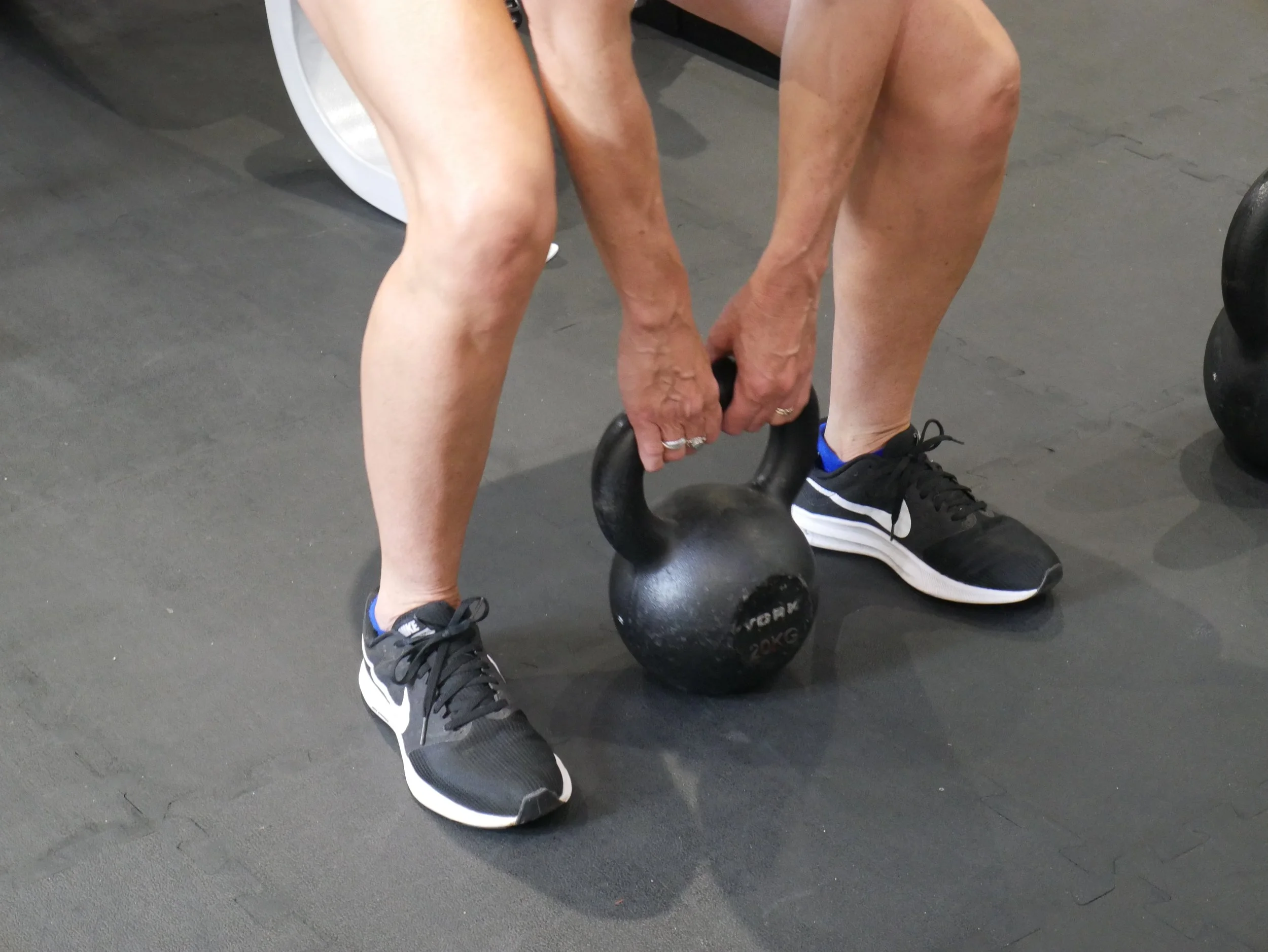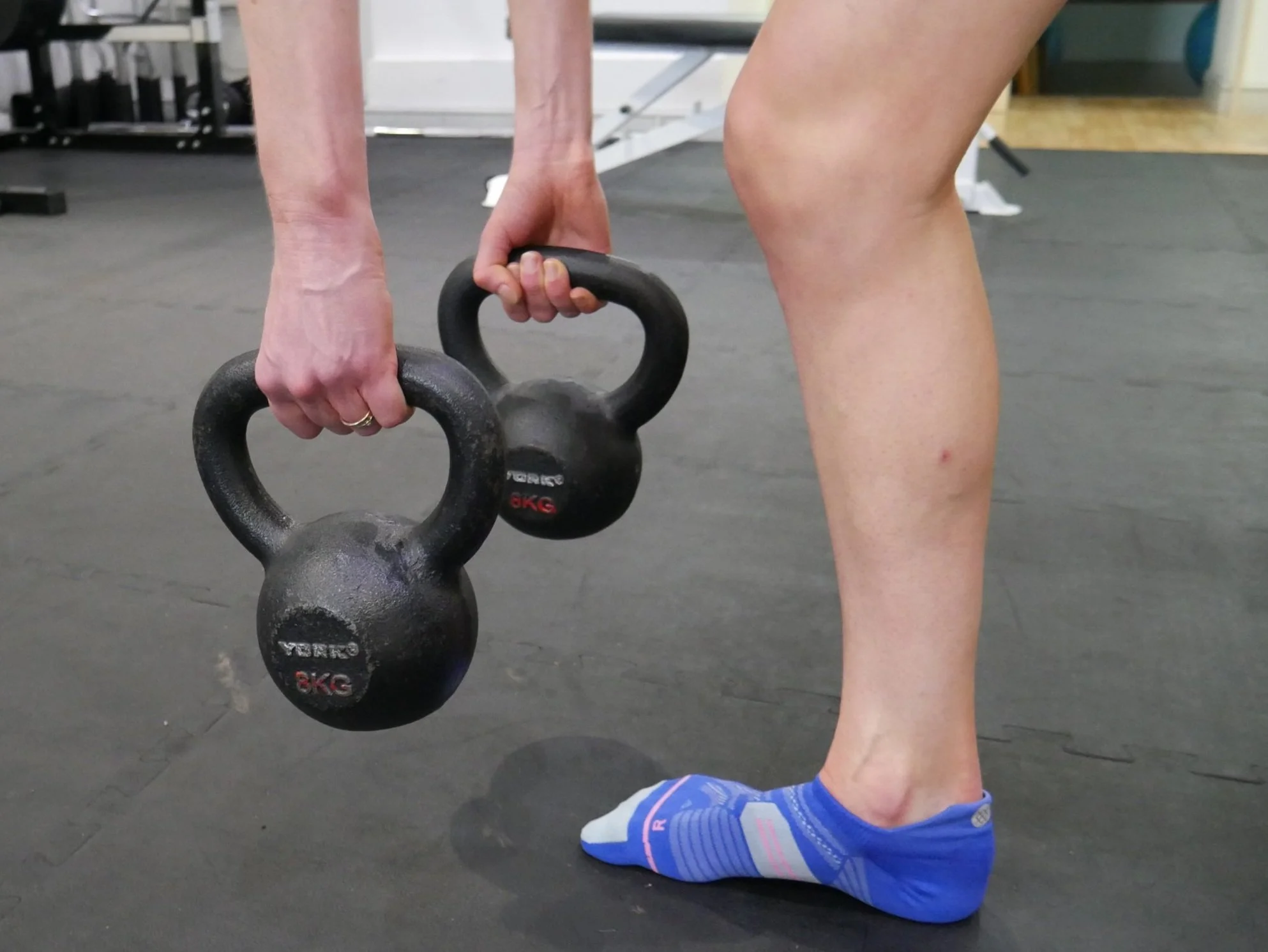NO TIME FOR S&C? TRY MICRODOSING
For endurance athletes - runners, cyclists, triathletes, mountain adventurers - strength and conditioning is often the first element of training to be neglected. As soon as the weather improves and the event calendar fills up, long gym sessions start to feel like a luxury. You want to be outside doing your sport, not stuck indoors with a barbell.
But here’s the hard truth: consistent strength training isn’t a luxury - it’s a necessity.
Without it, your body starts to break down. You might not notice it at first, but over time, the signs creep in: a sore knee here, a tight hip there, back pain, fatigue, nagging little injuries that shift from place to place. One week it’s your foot, the next it’s your shoulder. You bounce between physios and coaches, searching for answers, when the root issue is simple - you're missing the consistency in strength work that keeps your body resilient.
But we get it; juggling work, family, travel, and multiple races or adventures, can leave you feeling very short of time to fit the important strength stuff in. Especially if you don’t have a coach or support team around you to hold you accountable.
So what’s the solution? Microdosing.
What is Microdosing?
Microdosing, in this context, means breaking up your traditional longer strength sessions into shorter, more focused workouts - typically 20 to 30 minutes - spread throughout the week.
Instead of dropping strength altogether, microdosing allows you to maintain the essential benefits in a way that works with your schedule, rather than against it.
How Microdosing Strength Training Works
Let’s say you used to do two 60-minute strength sessions per week. Microdosing would look like four 20-minute sessions, strategically focused on the most important movements for your body.
This isn’t about going through the motions. These shorter workouts should still have intent and intensity. You're aiming to hit key patterns:
Dynamic Mobility Sequence ( e.g. 4-5 mobility exercises specific to your needs, an opportunity to check in with your body)
One squat-pattern exercise (e.g. goblet squat or front squat)
One hinge-pattern exercise (e.g. RDL or kettlebell swing)
One single-leg movement (e.g. split squat or step-up)
One posterior chain or plyometric movement (e.g. hamstring bridge or box jump)
Core engagement, if time allows
That’s it. In and out, but with purpose. And done consistently, it maintains the strength and mobility your body needs to handle in-season demands.
Why Microdosing Strength Matters
You might be crushing long rides or trail runs every weekend, feeling on top of the world - until you aren’t. Over time, the repetitive motion of endurance sports leads to imbalances. You stress the same joints and muscle groups in the same patterns, again and again. Without strength training to rebalance and reinforce, the risk of injury and burnout increases dramatically.
Microdosing keeps the engine running. It prevents the slow decline into weakness and mechanical breakdown that sidelines so many athletes mid-season.
It also helps you:
Stay injury-free
Maintain mobility and movement quality
Keep your power output high
Support longevity in your sport
The Key: Individualisation
Not all microdose sessions are created equal. The most effective programs are tailored to the individual. What are your weaknesses? What past injuries do you need to protect against? What positions and movements do your sport demand most?
A generalised 20-minute circuit might be better than nothing - but a personalised microdose routine is where the real magic happens. It gives you the biggest return on your time investment by focusing on your unique needs.
The Downsides (and Why It’s Not a Year-Round Solution)
Microdosing isn’t a replacement for a full off-season strength program. It’s a short-term strategy to help maintain gains during high-volume phases.
Here’s what it won’t give you:
Progressive overload (necessary for real strength gains)
Enough total volume to significantly improve weaknesses
Variety and structure that prevent training monotony
Eventually, these short sessions can feel repetitive. And over time, without building volume or intensity, they become maintenance rather than progression.
So yes, microdosing is powerful - but it’s not forever. Use it during the busy months, then transition back into longer, more robust sessions when life allows.
Final Thoughts
The difference between a frustrating season plagued by injuries and a successful one often comes down to this: consistency in the little things.
Microdosing your strength work is how you stay in the game. It’s how you tick the boxes, stay strong, and avoid falling into the common trap of overtraining and under-recovering.
You don’t need hours - just intention, smart planning, and a bit of structure.
If this resonates, and you’re ready to personalise your in-season strength strategy, reach out. We can help you break down what your body really needs and build a sustainable plan that fits your life.







